Spring bass fishing is easily the most challenging and rewarding season for bass anglers. Bass migrate from the cold Winter waters into shallow sunny areas where they can warm their bodies and regain their metabolism.
I’ve been tracking Spring bass for decades and while the bite may be more challenging, it’s more fun this way.
In this guide, I’m going to break down every single detail of fishing in the Spring so you can master it and walk away knowing everything possible about fishing during this season.
Where to Look for Spring Bass
The key to Spring bass fishing is knowing where the bass are hiding and what you have to do to find them.
Spring is an incredibly active time where a lot is happening in a short amount of time.
Bass start preparing for the spawn which means they’ll feed pretty hard as they’re migrating from the deep Winter waters, into the shallows for spawning.
I’m going to explain where you can find Spring bass based on the time of season and I’ll tell you why these are the best areas to find them.
Pre-Spawn – Early Spring Bass Fishing Tips
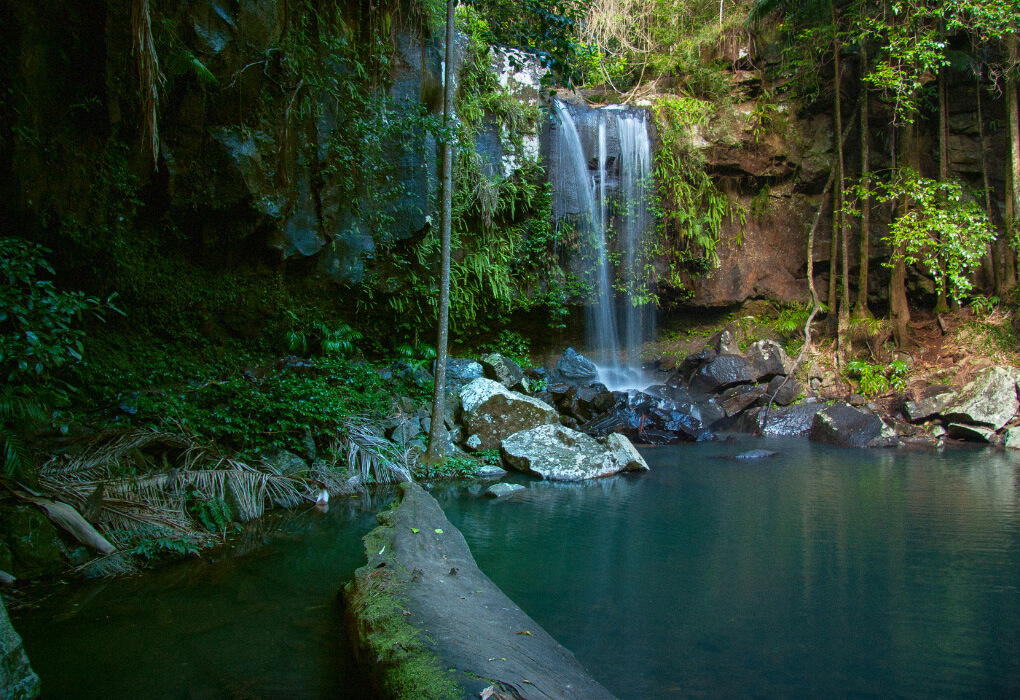
During the Winter, bass move into deeper waters because they need to find an area where the temperature is consistent. In the shallow water, the temperature changes too frequently based on the time of day and weather.
Even if it’s colder in the deep water, bass prefer it because it’s more predictable and it allows them to adjust for the long season.
Pre-spawn begins around late March – early April for most of the country and this is when pre-spawn bass will start to move towards shallower waters.
They follow creek and river channels to feed because the moving water brings oxygen into the larger bodies of water. This is an ideal place for bass fishing in April.

Another great way to find early Spring bass is to look for hydrilla. This is a common pond vegetation that grows along the shoreline but it absorbs a lot of sun and makes the water warmer wherever it is.
As a result, bass like hanging out in these areas because it provides a spot for them to warm up.
The last thing I look for with early Spring is any sort of runoff. The reason bass become sluggish during the cold weather months is because there’s less oxygen in the water when it’s cold.
This reduces their metabolism and makes them move slower.
During the rainy season in April, warm water runoff comes off of rocks and ground and flows into the lakes. Not only does this bring warmer water but it brings a lot of microorganisms and oxygen.
Bass love this and will definitely hang out in these areas.
If you can find any place where runoff is flowing into the water as a result of heavy rain, you can find great bass fishing opportunities.
During Spawn – Mid-Spring Bass Fishing Tips

The spawn kicks off in April or May depending on where you are in the country and this is when the bite really kicks up. Remember that not all bass spawn at the same time so these rules don’t necessarily apply 100% of the time.
Bass are incredibly aggressive at this time because they’re defending their nests and feeding heavily to prepare for the bite to slow down once spawning happens.
You’ll find almost all the action in the shallow water at this time. The males are fighting to get to the mates so you’ll find them in the shallows as well.
Keep in mind that there’s a lot of fishing pressure during this time as the weather starts to warm up and people come out of hibernation.
This type of pressure can reduce the bite and make it more difficult. Avoid going to excessively crowded places like State Parks and instead try to find lesser known fishing holes.
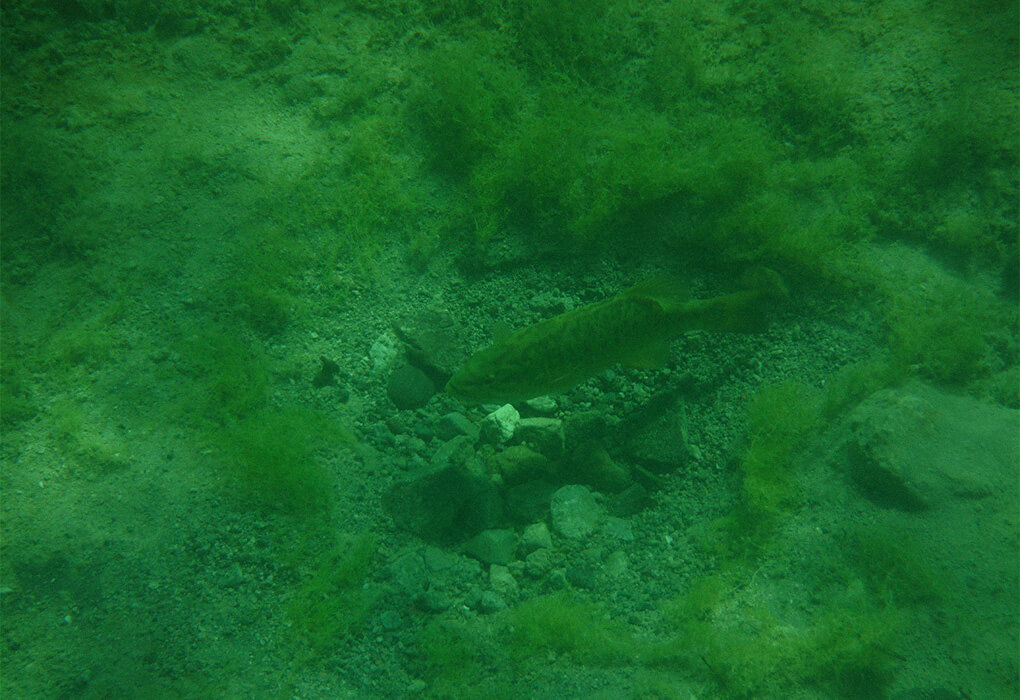
Immediately after the spawn, two things are happening. One, the males are defending the nest. They’ll stay in the shallow water and won’t bite very much.
The terrorizing feeding season is over and they should have enough to keep them satisfied for a while.
The females on the other hand will move away from the nest but still remain in the shallows.
They’re easy to find but they’re not likely going to strike either. The females are tired so you have to really aggravate them to get a bite.
Using loud and obnoxious bass lures like buzzbaits or chatterbaits could work in this situation.
Post-Spawn – Late Spring Bass Fishing Tips

At this time, the water temperature should be between 55-65 degrees Fahrenheit. The spawn is over and things begin to return to normal… sort of.
Once the spawn is over, the female has now laid as many as 10,000 eggs and they’re done. The male will take over and continue to guard the nest from smaller panfish, shad, baitfish, and bluegill that will eat the eggs.
When the eggs hatch into fry after a few weeks, the males will continue to stay near the nest to protect them.
Eventually, the fry will move out from the nest and the mature male bass can begin moving into deeper waters or staying in the shallow if he pleases depending on the conditions.
Females are going to be the main target during the post-spawn season. Once the females have had enough time to rest, they’ll move around like normal and begin feeding again while the males stay back and protect the fry.

Chances are you’ll still be catching bass in the shallow water at this time because of the temperature. Looking for dense vegetation is going to be the right move because it will hold a lot of the sun and create warm patches.
Bass fishing in Spring requires you to look hard for the right structure and cover. Rocks and boulders are another key because they retain a lot of heat that then transfers into the water.
Understanding How Weather Impacts Spring Bass Fishing
Weather has a significant impact on Spring bass fishing because it’s sporadic and unpredictable.
Bass are sensitive to changes in the weather and will feed based on how the weather makes them feel. Keep in mind that the weather and water temperature will actually impact when the spawn begins.
Once the water temperature hits between 45-55 degrees, this is when bass start to feed heavily because they know that it’s time to prepare for the spawning season.
Weather will impact these conditions so if you want to know how to catch bass in early Spring, you’ll want to keep your eyes on the weather report.
Consistent Rain
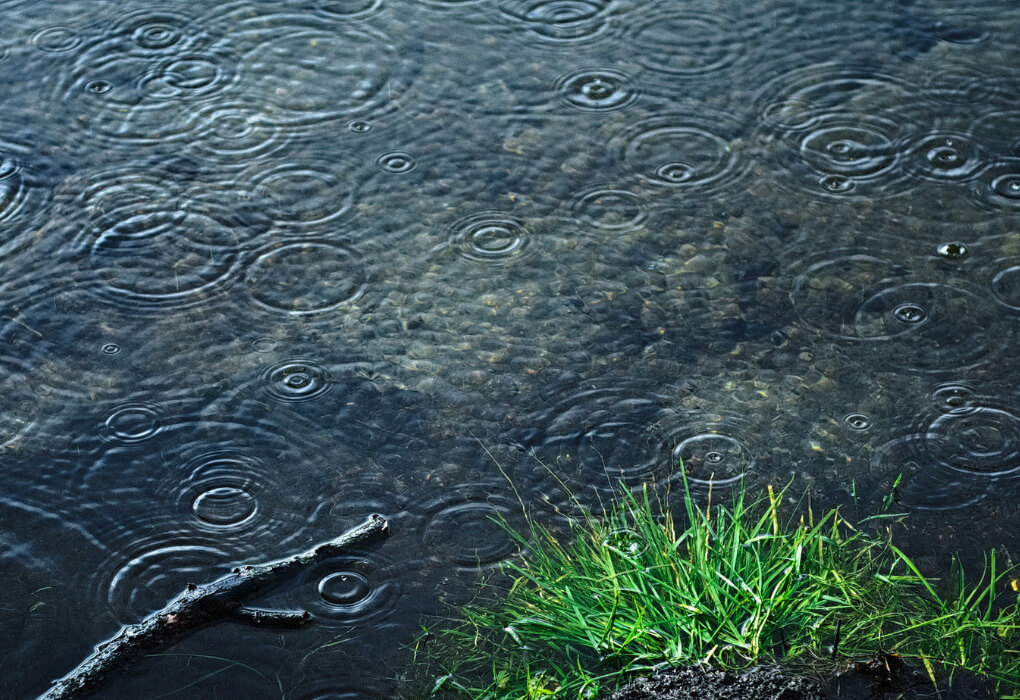
I’ve said it before but the main thing that makes consistent rain good for bass fishing is surface runoff. It brings all kinds of nutrients into the water which ignites a bass’s spirit and makes them feed more aggressively.
You’ll want to pay attention to runoff and fish wherever you can find it.
Another good place to look when there’s a lot of rain in the weather forecast is at streams and creeks that may be running higher than usual. Bass are likely feeding in these areas.
There’s a lake near me called Stillwater Dam and it’s known for having some great bass fishing.
One thing I love about the lake is there are plenty of areas that only open up when the water level rises. If you’re fishing in a small boat or a kayak, you can work your way into these areas that you couldn’t reach before.
There are great opportunities there as well.
Warmer Temperatures
Bass have been sitting in the deeper water all Winter long feeling sluggish. The increase in water temperature is a well received change and something that tells them it’s time to prepare for the spawn.
This change makes them feel a lot more aggressive and ready to feed near the shallow water. They retreat towards the shallow water because it warms up faster than the deeper water.
The behavior will begin to change once the ice melts and you start seeing outside temperatures in the 50s most of the time.
This is when you can start getting your gear together and getting ready to hit the ponds on a consistent basis.
Murky Water and Increased Cover
Another reason bass go deep in the Winter is because of the lack of cover. If they feel exposed near the shoreline, they’ll go deep because there’s less activity.
In the Winter, the grass dies, the vegetation wilts, and all their hiding spots disappear. That’s why they go deep.
But, once the grass and vegetation starts to grow back, they’ll feel comfortable near the shoreline again so that’s when you can expect to find them there.
Another thing to think about is the murkiness of the water. All that surface runoff and rain creates a lot of disturbance in the water and kicks up a lot of mud.
FIshing cloudy water in the Spring is commonplace but you want to make sure you have the right Spring lures for the conditions. Clear water calls for brighter presentations.
Lipless crankbaits and bass jigs are great when the bass aren’t biting. Spinnerbaits and Texas rigged soft plastics are a good choice in the shallow water when you’re getting a little action.
Make sure to choose bright colors if the sun is shining but if you’re fishing on an overcast or rainy day, go with something natural or plain like white, crawfish, or chartreuse.
Best Places To Go Early Spring Bass Fishing
There are great places to fish all over the United States but I want to highlight some of the best places in the country based on what other anglers have to say. Let’s talk about it.
Lake Seminole, Georgia
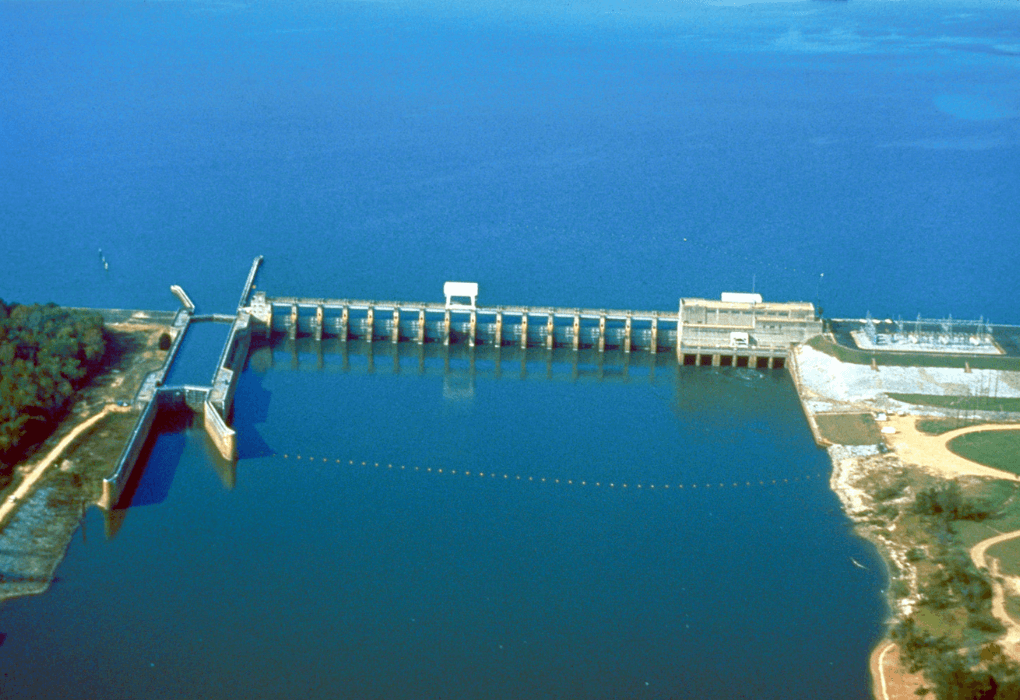
Georgia offers a heck of a lot more than peaches and when people travel to this state for fishing, it’s because they’re coming here.
You can find 25 pound largemouth bass here all year long and the lake has been home to many pro tournaments.
Fishing topwaters in the flats and channels around the lake is the choice in early Spring and I’d recommend hitting the lake throughout March or April before it gets too hot.
Ross Barnett Reservoir, Mississippi
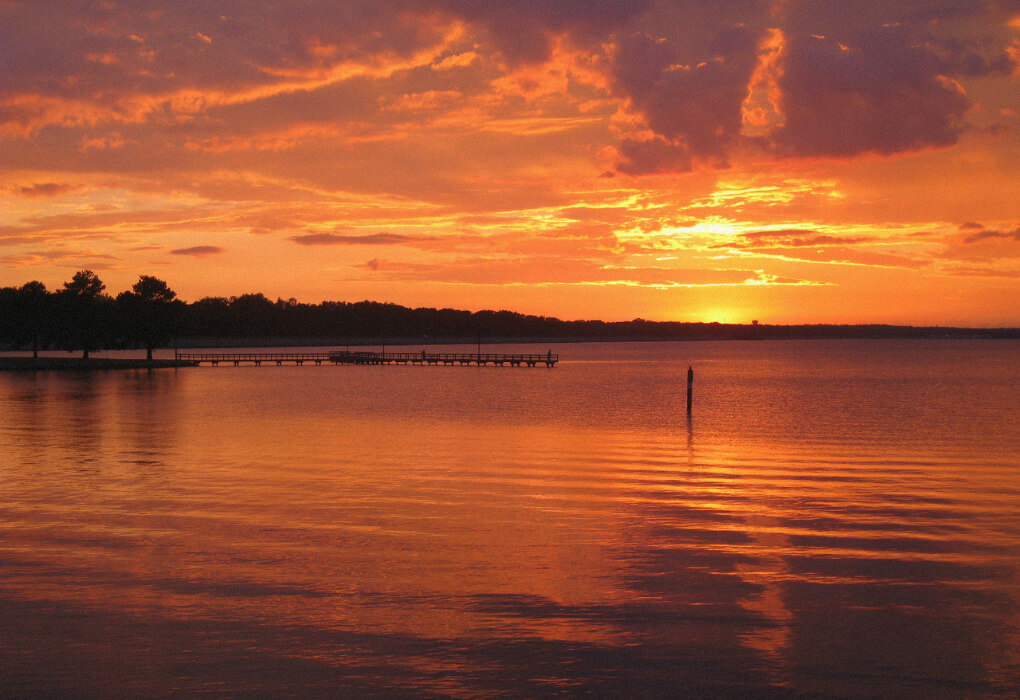
This reservoir is home to some of the best bass fishing in general in the country, nevermind in the Spring.
The pre-spawn season is when most anglers come out to fish here and while the bite might be a little slow, it’s a great time of year to catch some big bass.
Use a slow skirting jig or lipless crankbait during this time, work it gently, and look for exceptionally warm days to fish.
Lake Fork, Texas
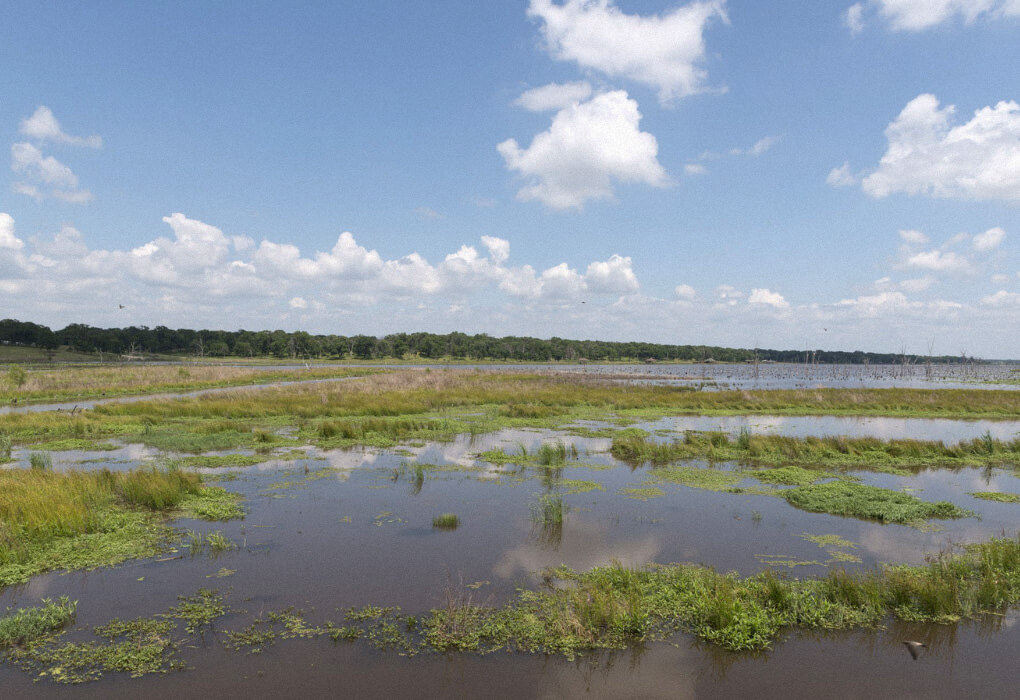
You’ve seen Lake Fork in Texas probably a million times because it’s been home to so many tournaments over the years.
It’s a 27,000 acre lake which leaves a lot of open space for you to find some lunkers. There’s also plenty of protection with all the attention it gets to prevent it from becoming overfished.
Fishing here in the Spring is great and the early Spring is actually when a lot of the record catches were set.
Lake Okeechobee, Florida

Fishing the Big O should be on everyone’s bucket list. The reason why it’s so popular in the early Spring is because the temperature hits a sweet spot.
We talk a lot about how the cold water impacts the bass bite but the extremely hot weather does the same. It sends the bass deep and in Lake Okeechobee, there’s some pretty deep waters.
There’s tons of shoreline for you to fish and you can find plenty of bass over seven pounds. Fish throughout mid-April if you want to hit them right before the spawn.
Frequently Asked Questions
What is the best bait for bass in the Spring?
The best bait for bass in the Spring is likely a lipless crankbait in the early Spring and spinnerbaits throughout the rest of the season. Bass like finesse lures in Springtime.
When should I start bass fishing in the Spring?
The start of bass fishing in the Spring depends a lot on where you’re located. I’d recommend starting in early April.
What do bass bite on in early Spring?
Bass bite on subtle presentations in early Spring like lipless crankbaits, jerkbaits, and jigs.
What are some challenges of fishing for bass in the Spring?
The challenges of fishing for bass in the Spring is that it’s a fragile ecosystem that is changing a lot. Many things can happen in only a week if the weather changes quickly.
Final Thoughts
I hope you enjoyed this breakdown of spring bass fishing and I truly hope it helps you a lot.
Spring is hands down my favorite time to fish for bass because there’s so much activity and it’s great to get out after being held up inside all Winter.
I highly recommend doing some specific research and learning about when bass spawn in your area so you have a solid understanding of what to throw and when.
Spring bass fishing is all about accepting things the way they are and giving the bass what they want and need at the time.
Following all the tips in this guide should help! If you have any top-secret spring bass tips to share, feel free to drop a comment for us! Good luck out there!




